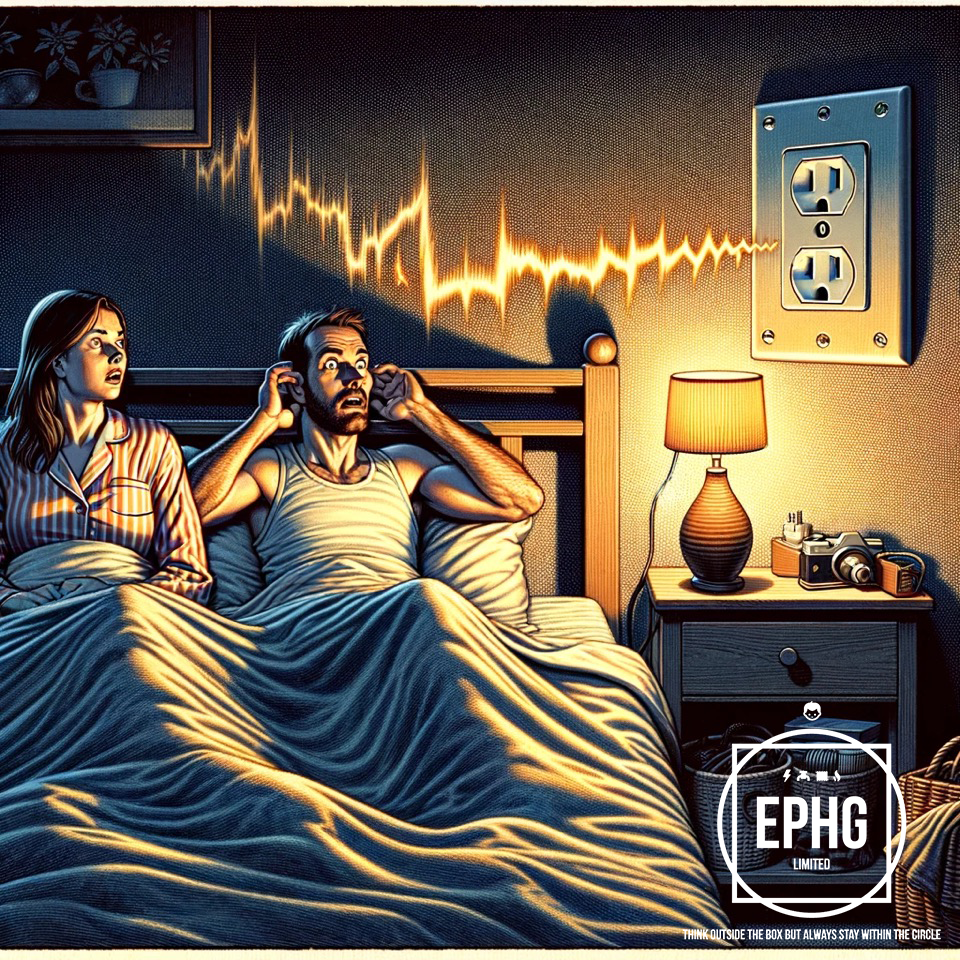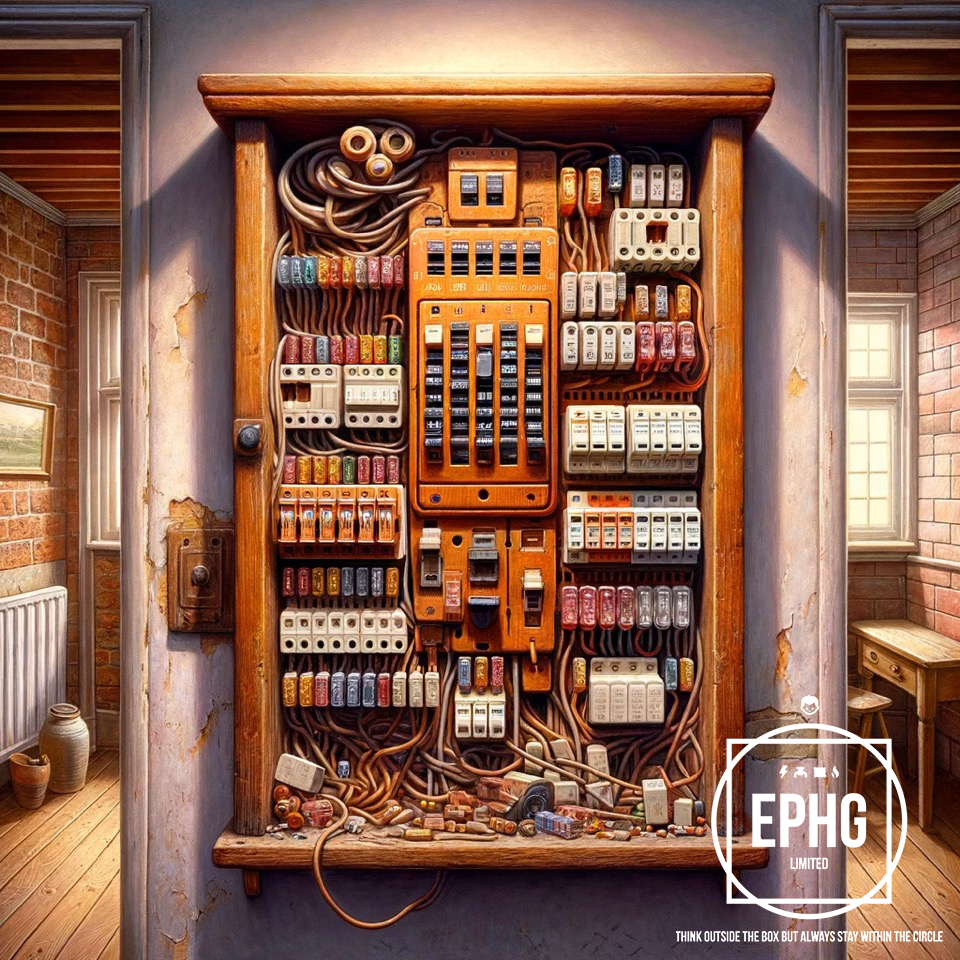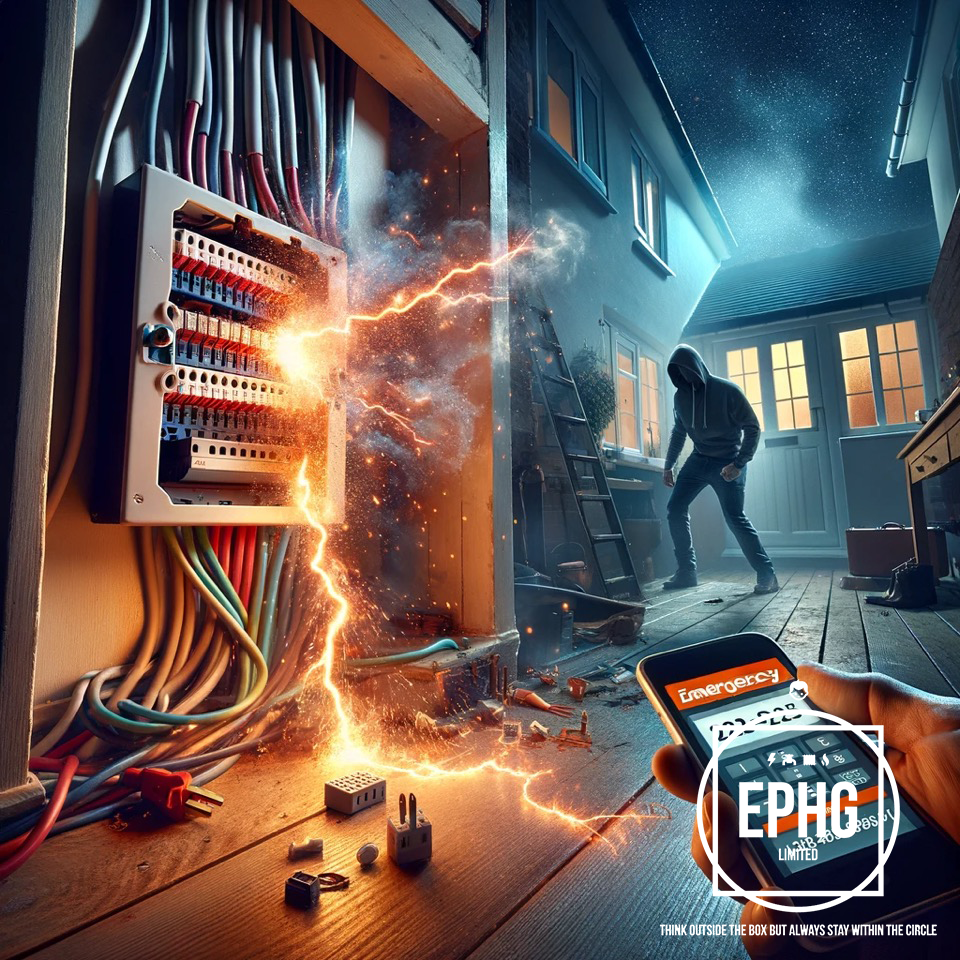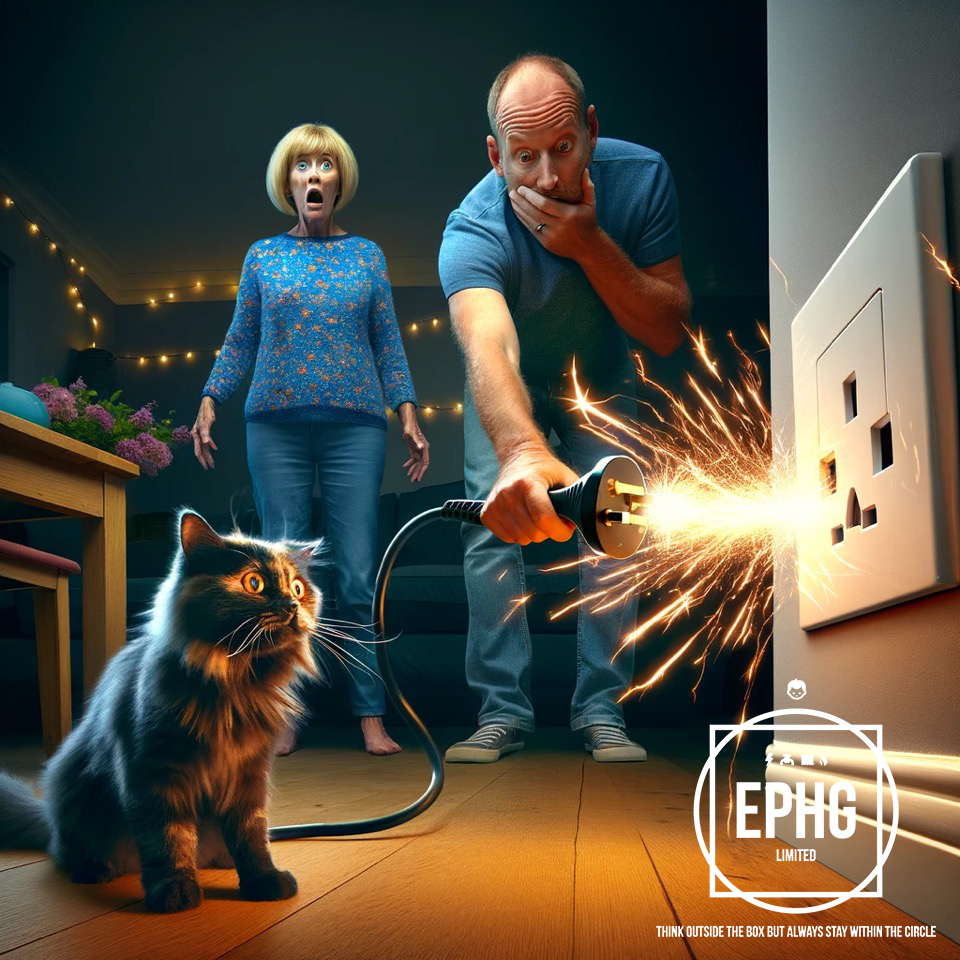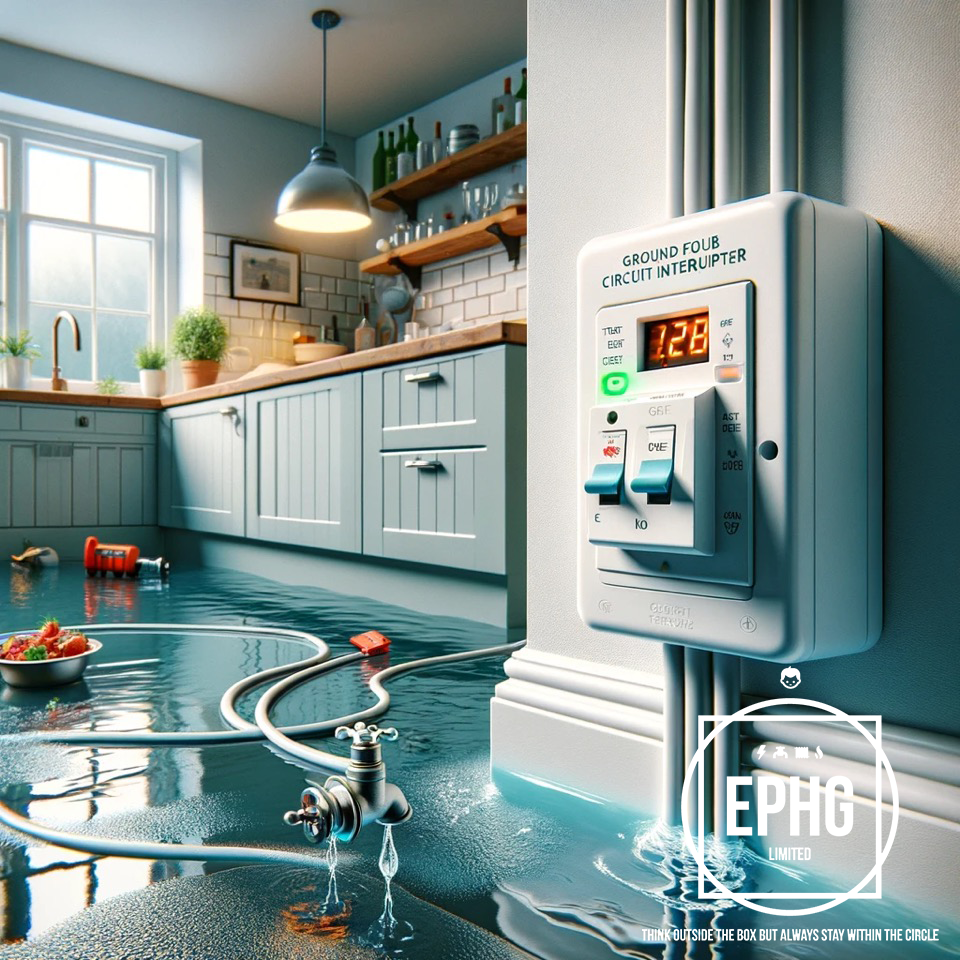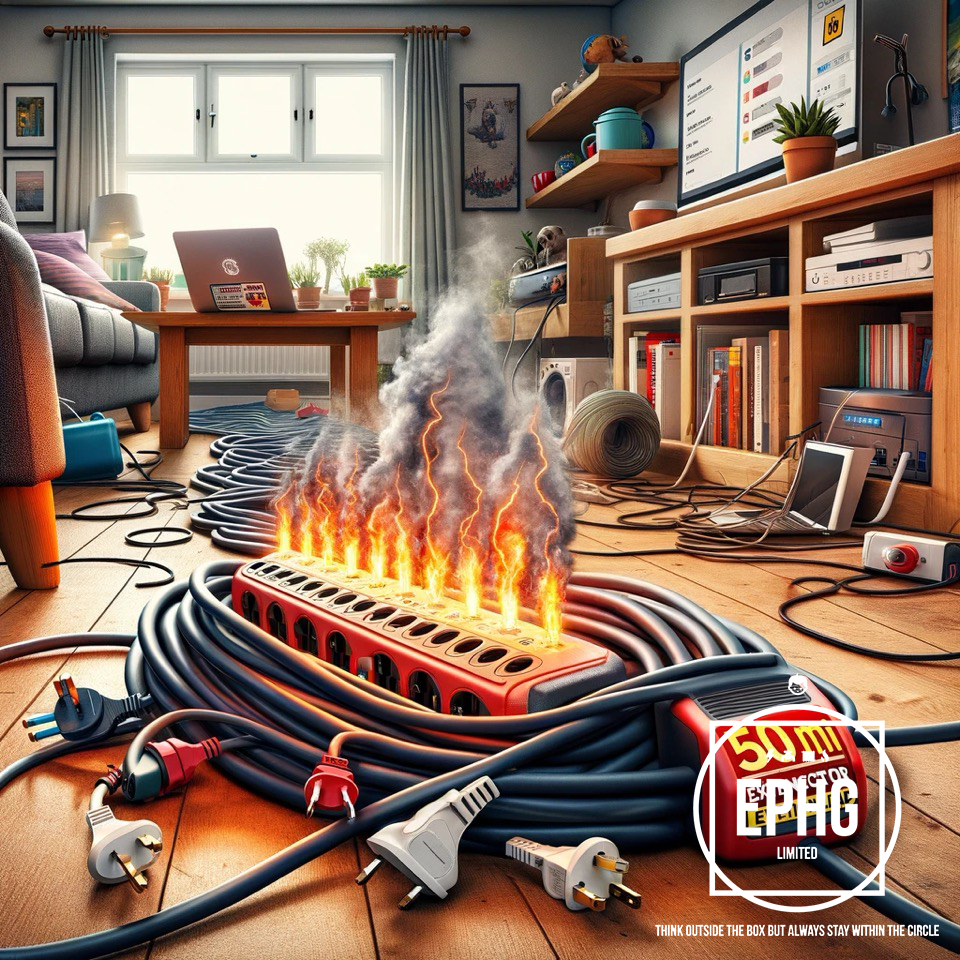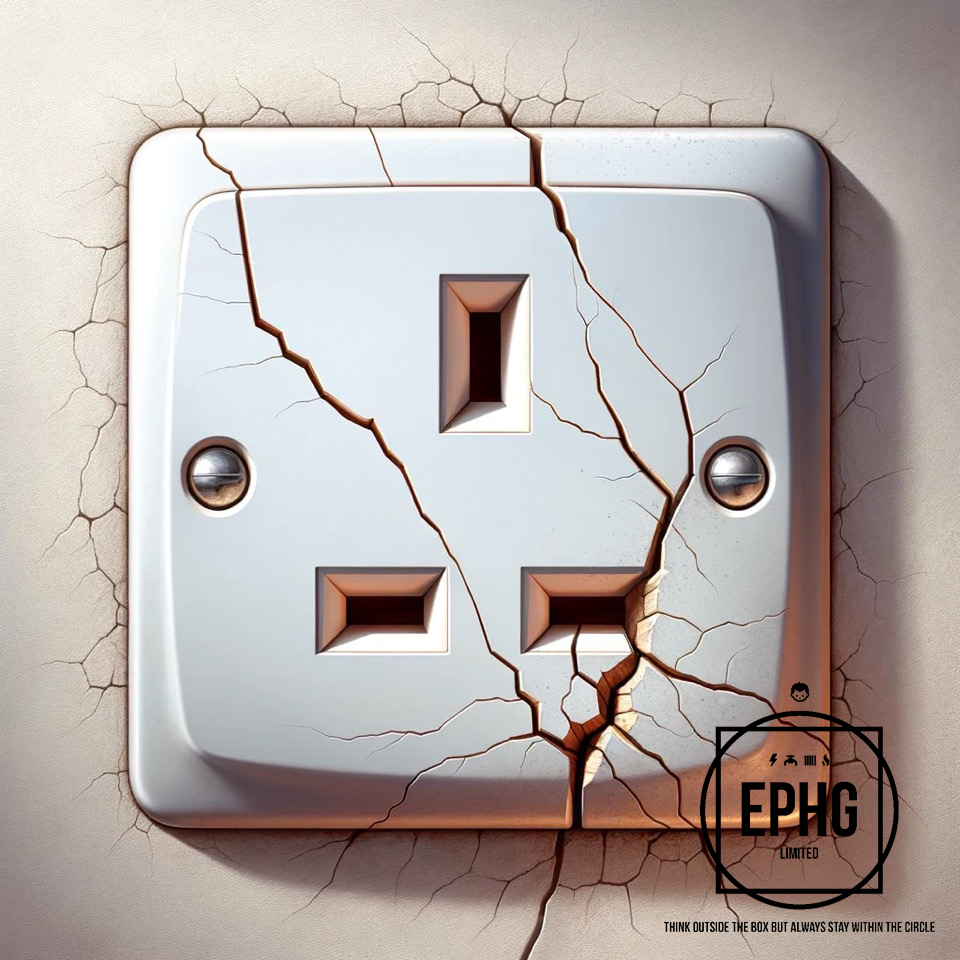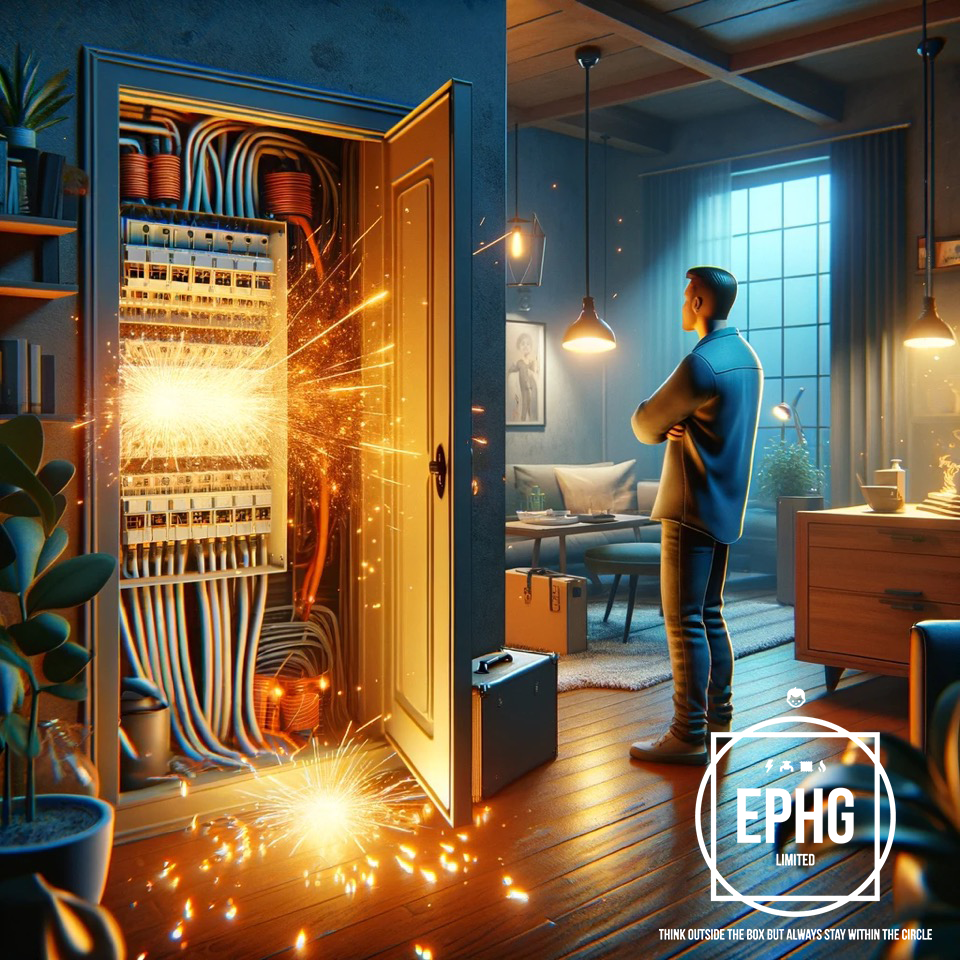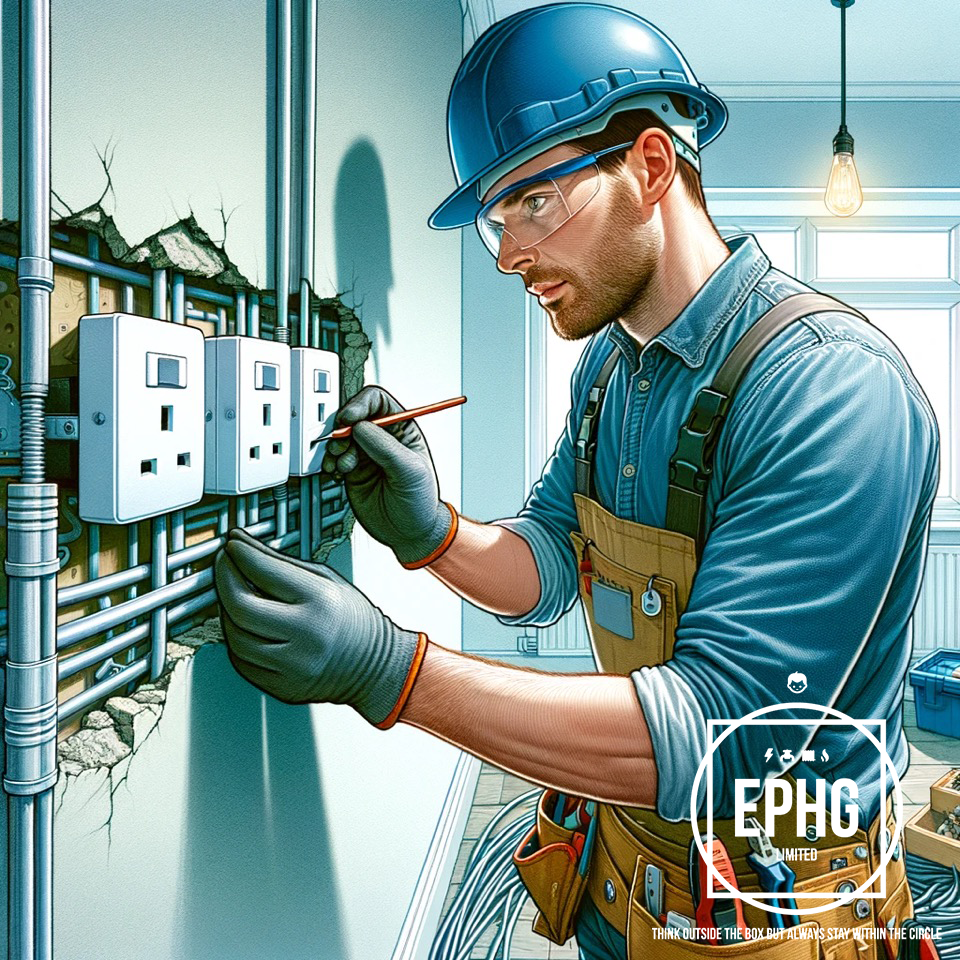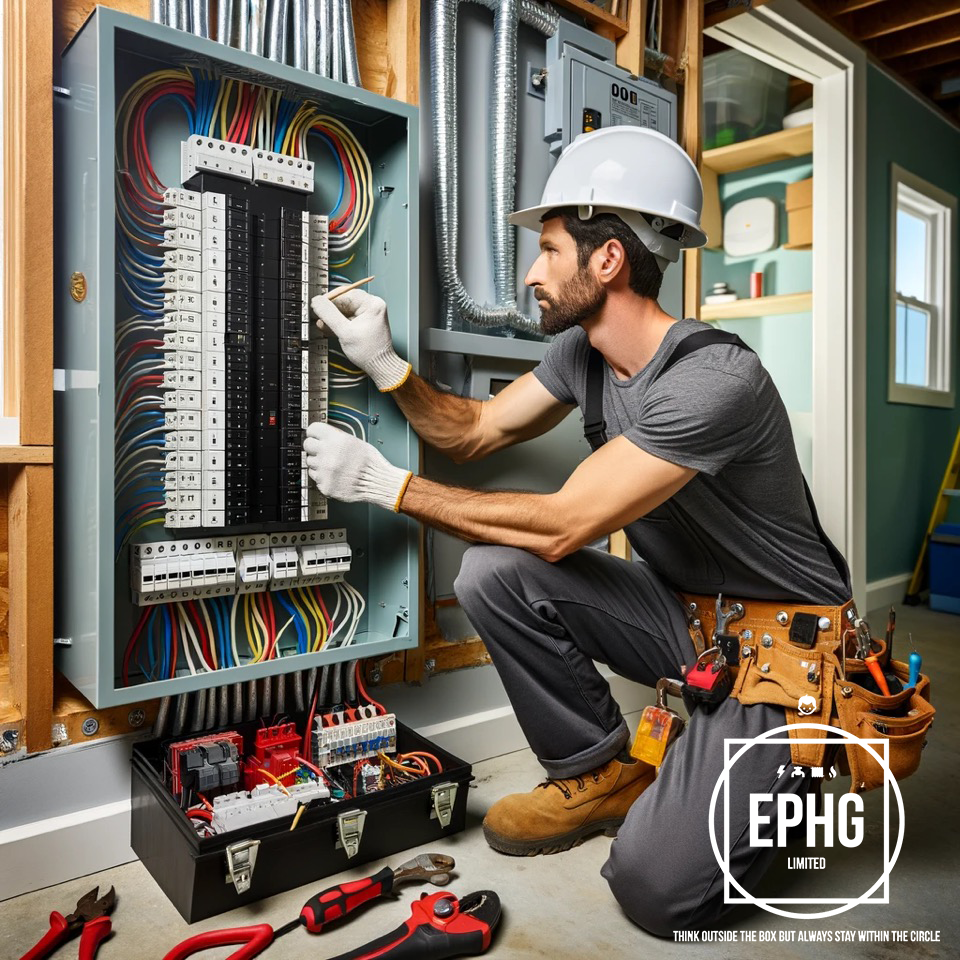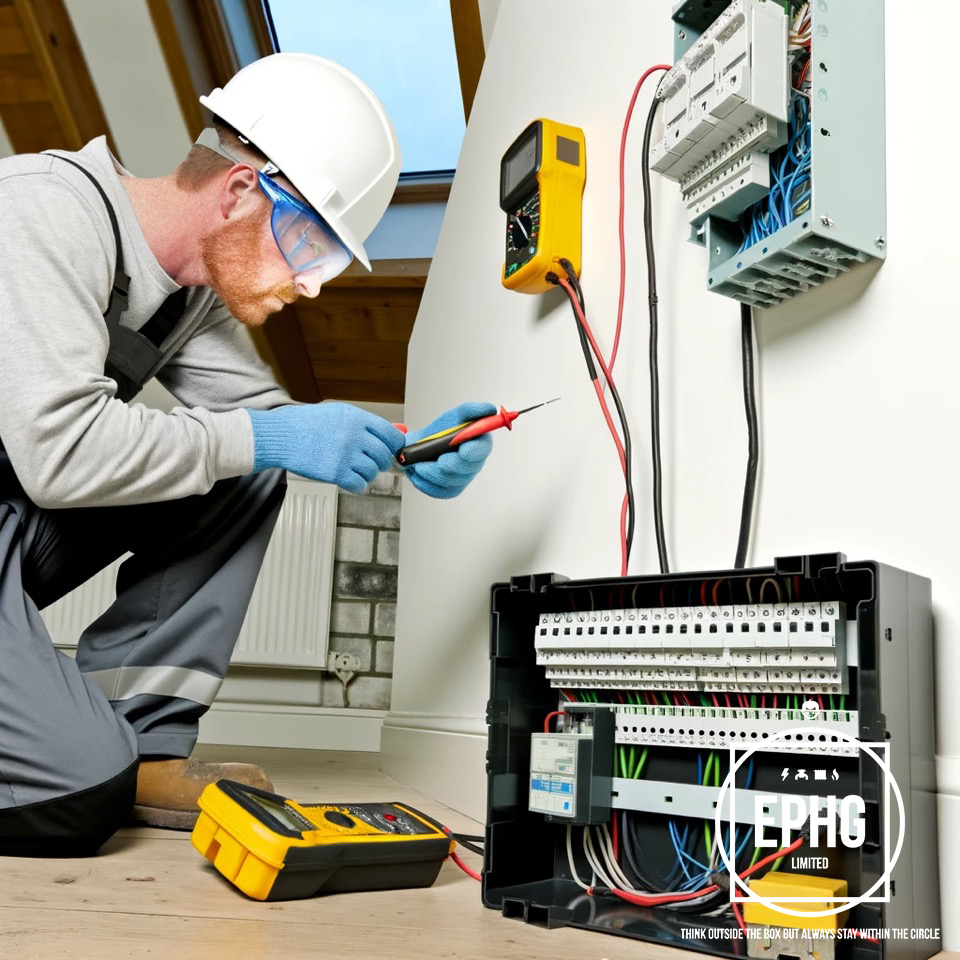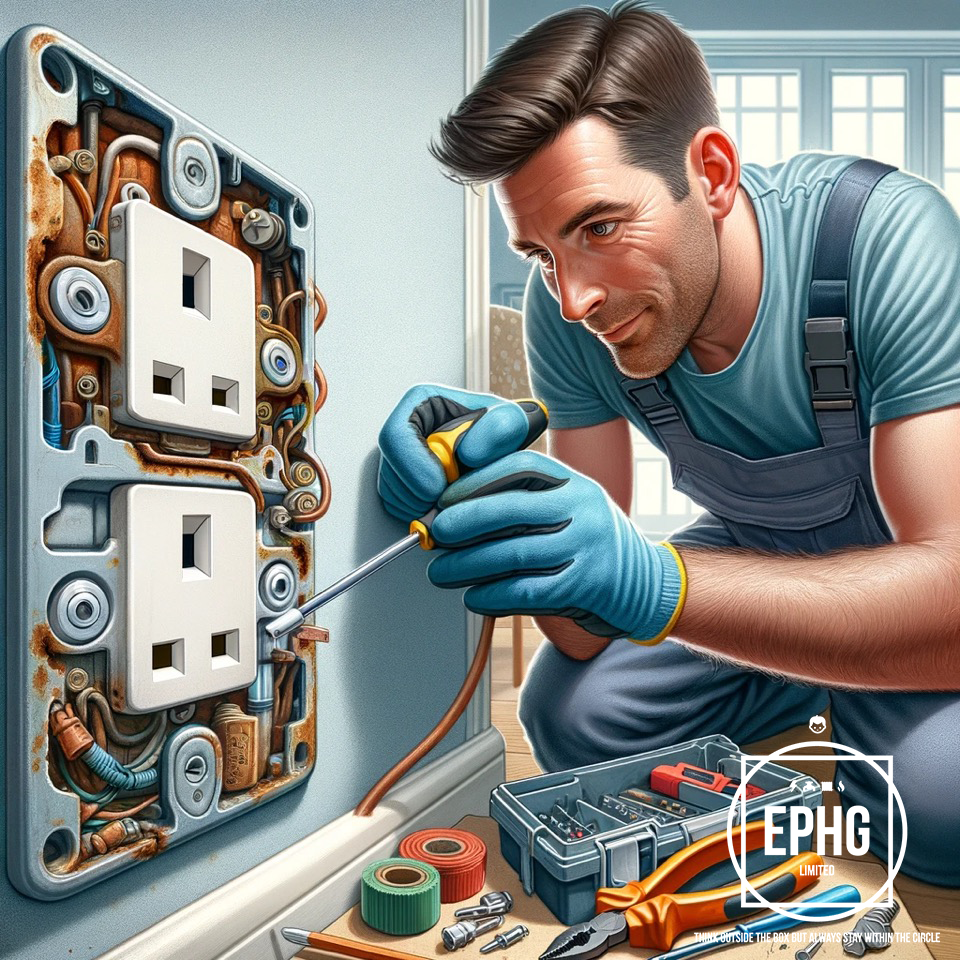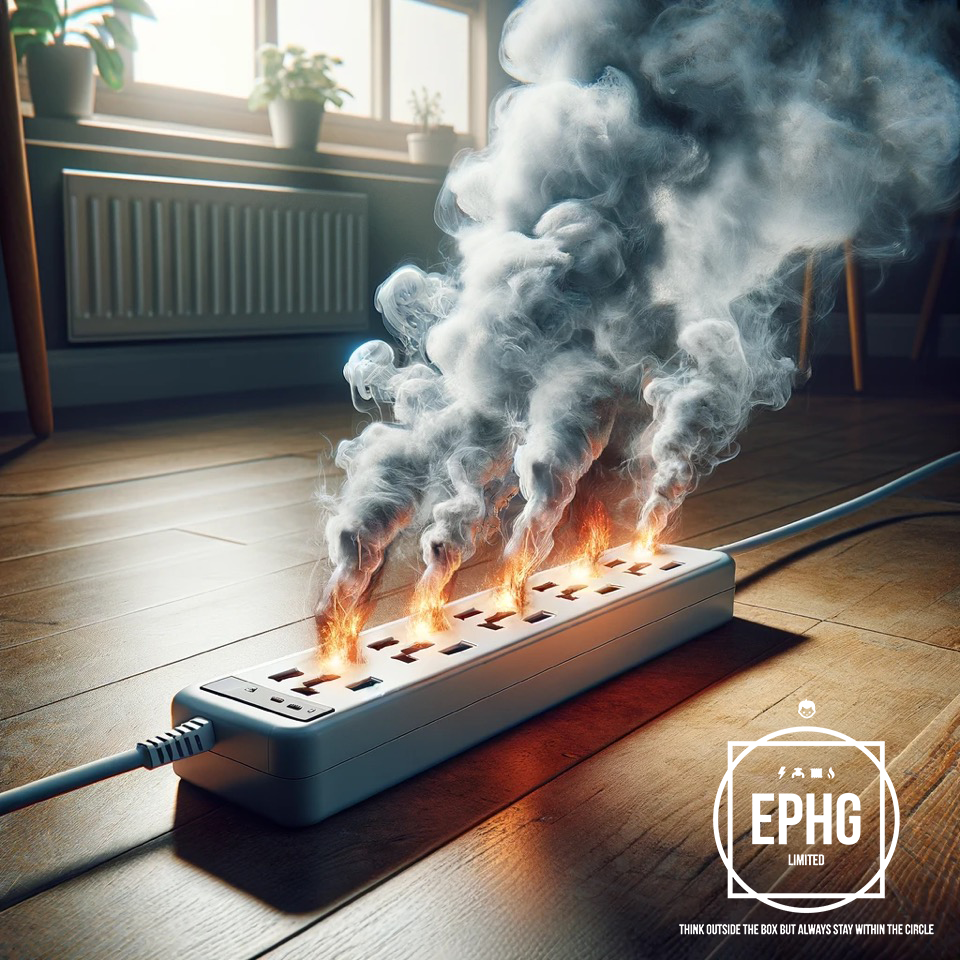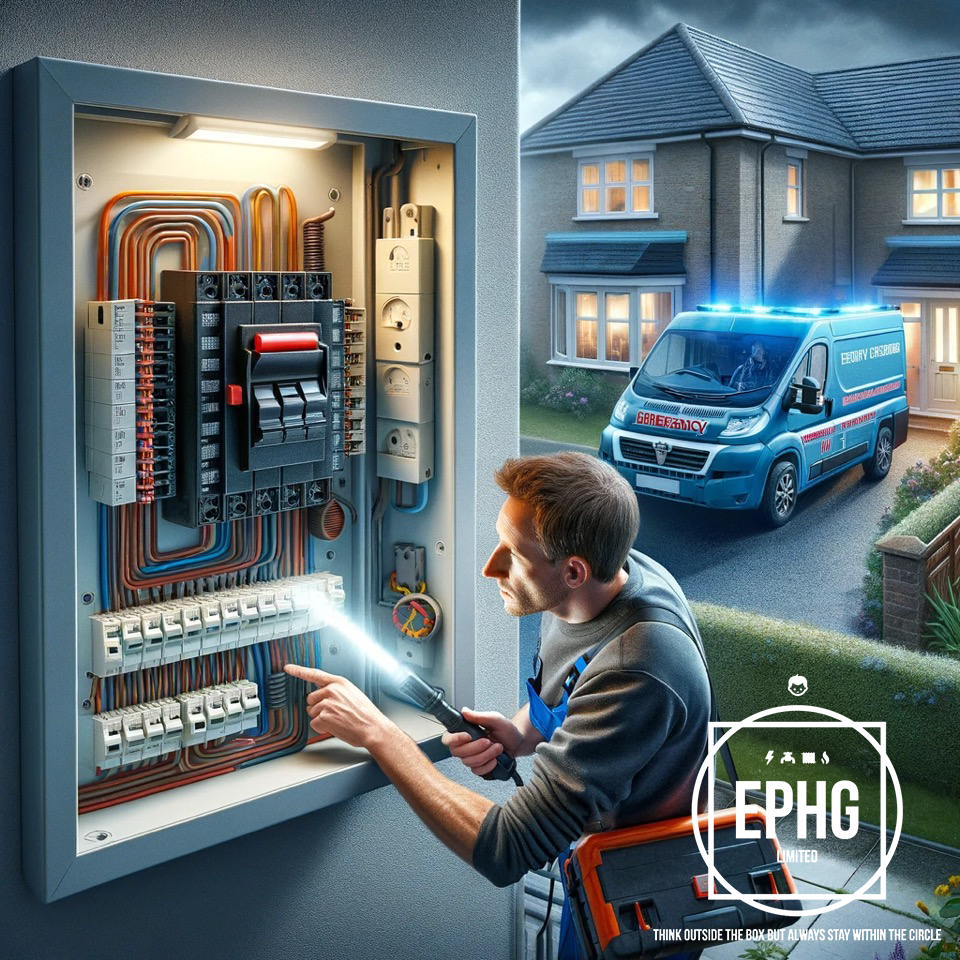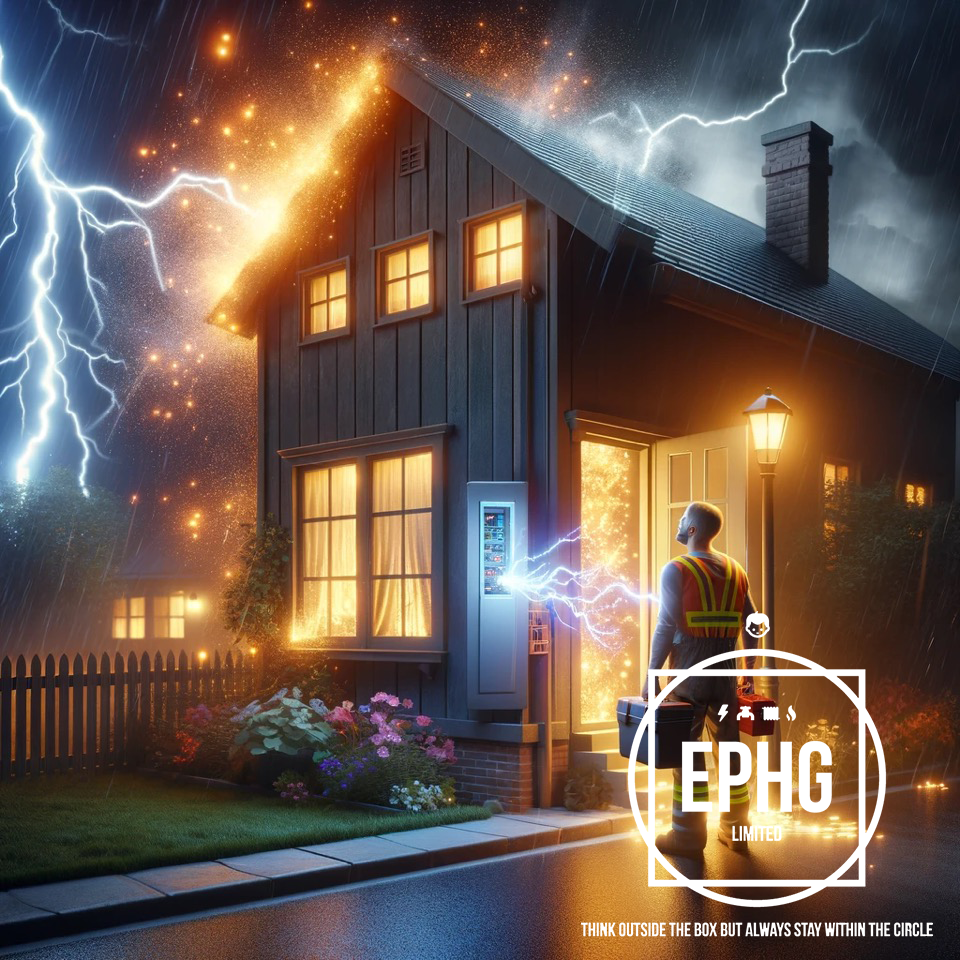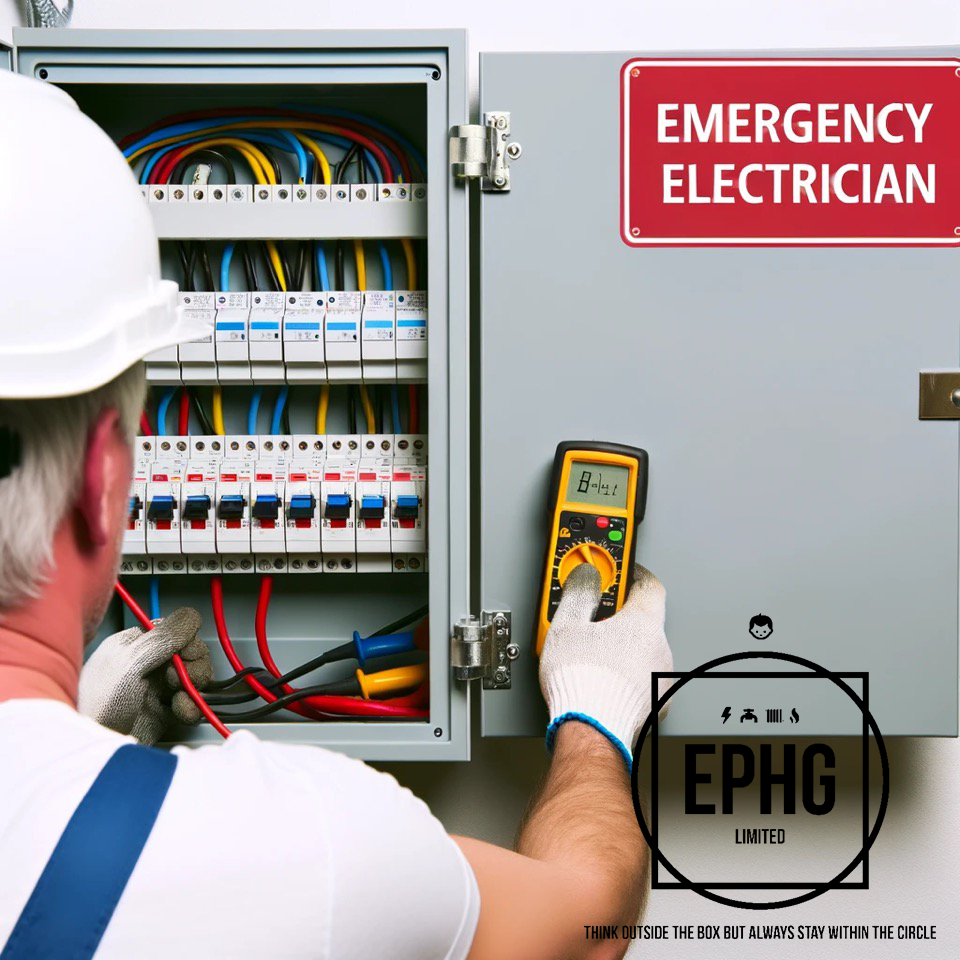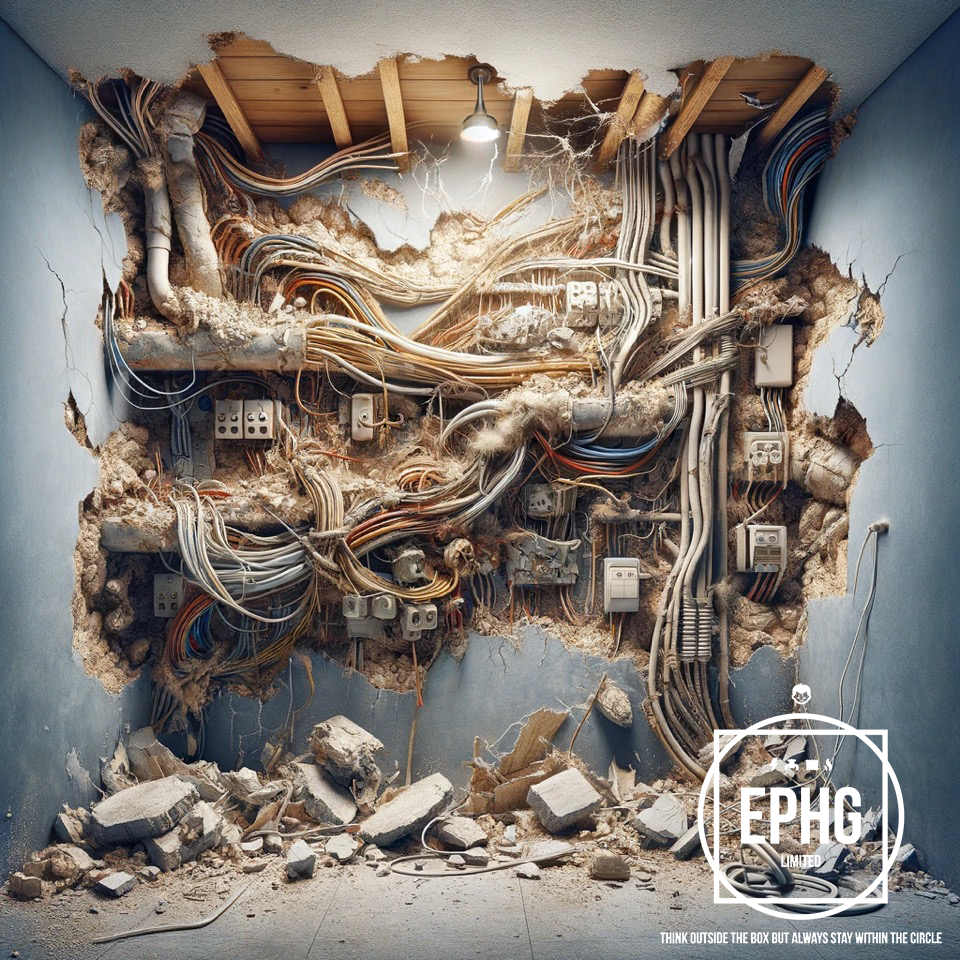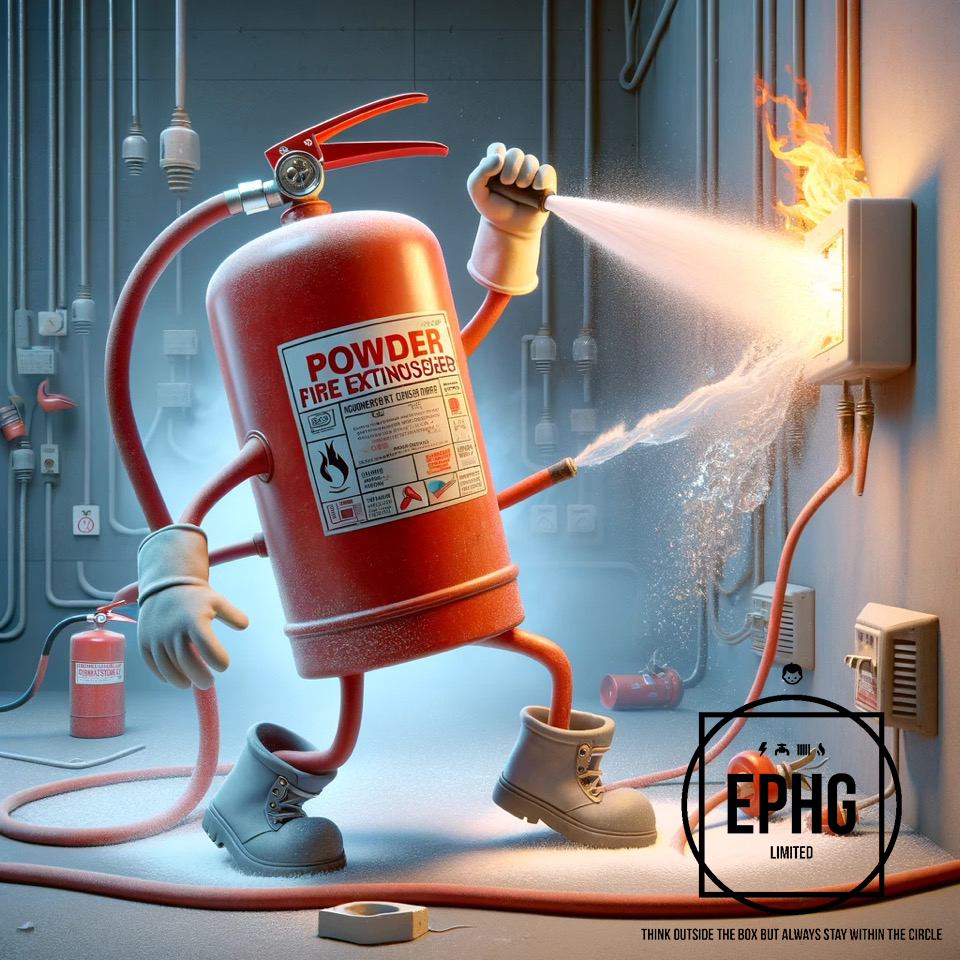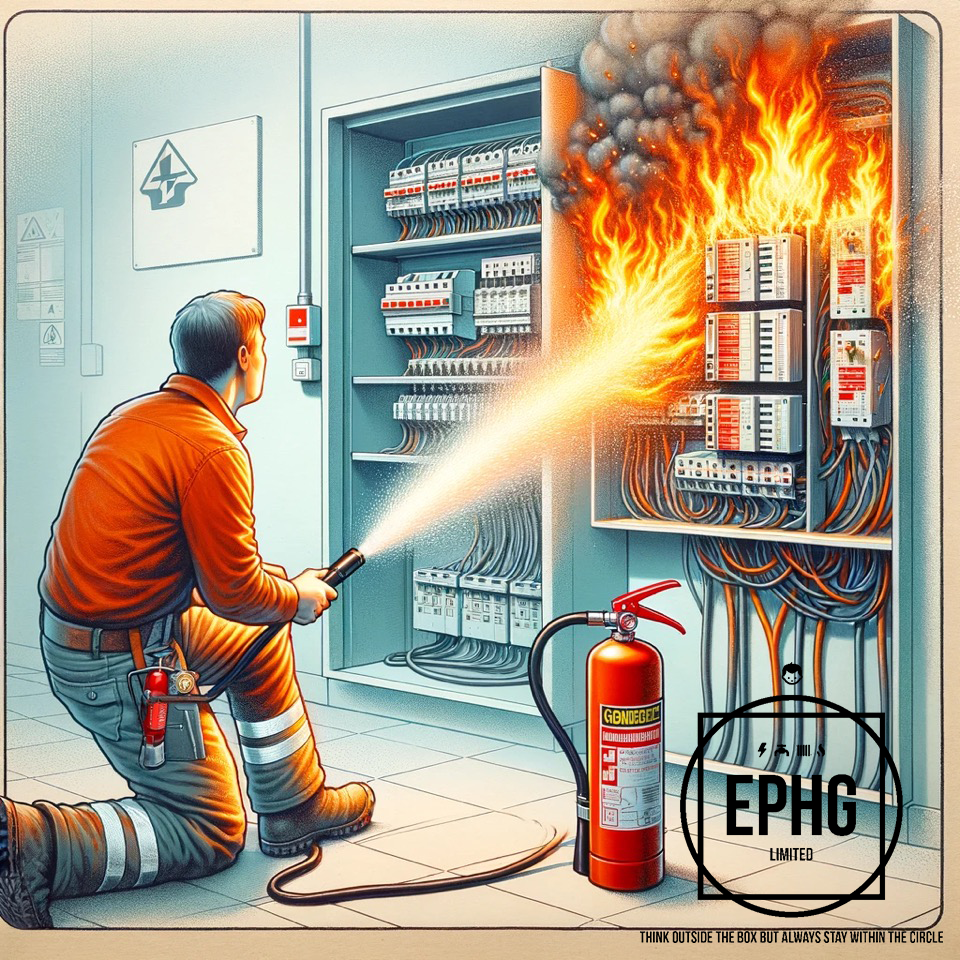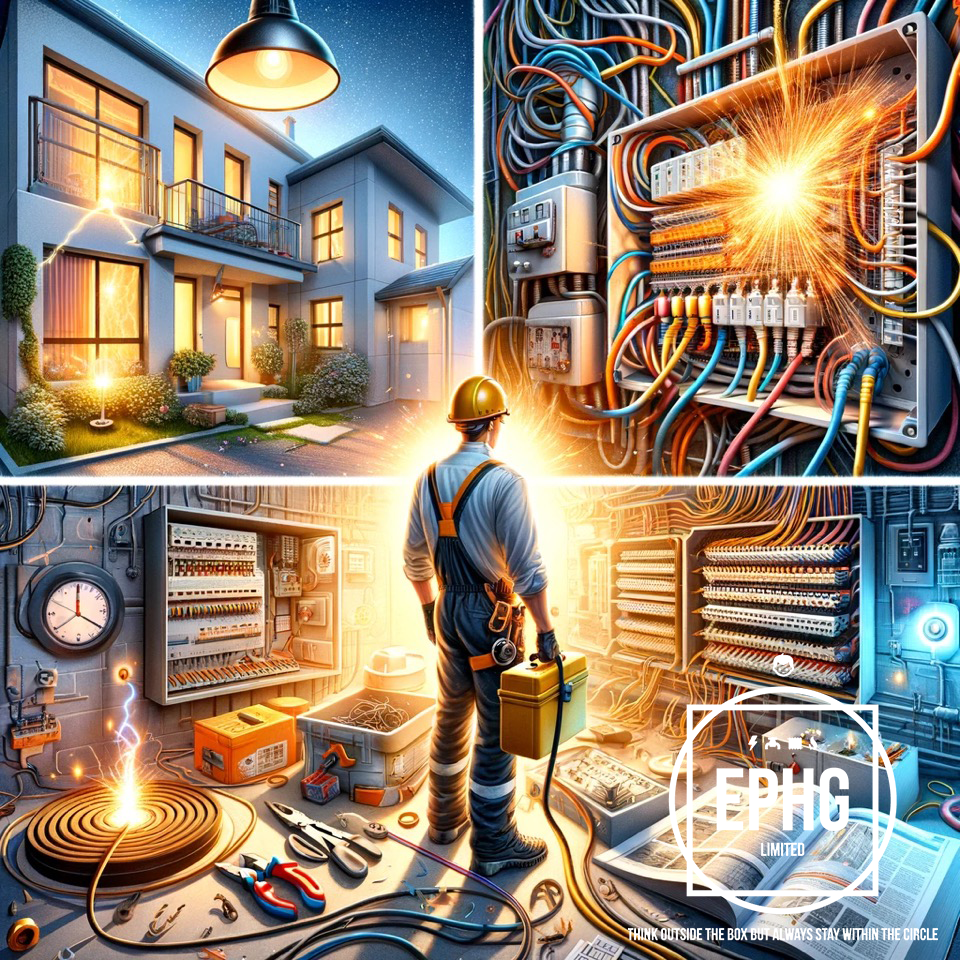
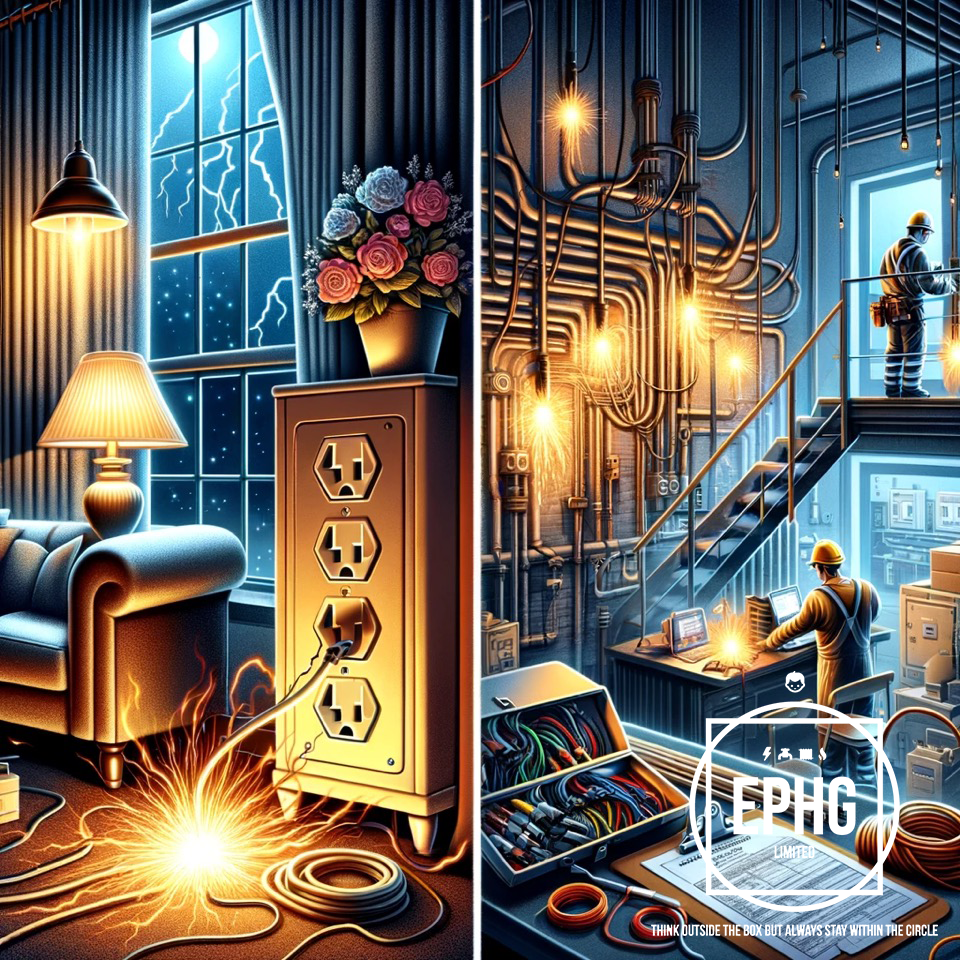
Electric Hazards Requiring the Attention of an Emergency Electrician 24 Hours at Home and at Work
Electricity is a fundamental part of our daily lives, powering everything from household appliances to complex machinery in workplaces. However, its convenience comes with inherent risks. Electric hazards can pose serious threats to safety, potentially leading to fires, electric shock, and even fatalities if not properly managed. Recognizing the signs that necessitate the immediate attention of a 24-hour emergency electrician at both home and work environments is crucial for ensuring safety and preventing accidents.
At Home
- Power Outages and Surges - While occasional power outages or surges can be due to external factors like storms, frequent occurrences might indicate internal issues with your home's electrical system. An emergency electrician can diagnose and rectify the underlying cause, preventing potential hazards.
- Overloaded Circuits - Overloading electrical outlets with too many devices can lead to overheating, which in turn can cause fires. If circuit breakers frequently trip or electric fuses blow often, it's a sign that your circuits are overloaded and need professional attention.
- Electrical Shocks - Experiencing a mild shock when touching appliances indicates grounding issues or faults in the appliance wiring. These should not be ignored, as they can escalate into more severe electric shocks.
- Burning Smells or Sparks - A burning smell from outlets or seeing sparks when plugging in devices are critical signs of faulty wiring or issues with electrical components. Immediate inspection and repair are necessary to prevent fires.
- Flickering Lights - While often overlooked, flickering lights can signify a more serious electrical problem, such as poor wiring connections, that requires an expert's intervention.
At Work
- Malfunctioning of Safety Switches - Safety switches are designed to protect against electric shock and fire, cutting off power in a fraction of a second if a fault is detected. Regularly testing and ensuring they function correctly is essential, and any irregularity should prompt an emergency call.
- Exposed Wiring and Improper Connections - In workplaces, especially in industrial settings, exposed wires and improper connections not only risk the safety of the employees but also the operational capacity of machinery. An emergency electrician can ensure that all wiring complies with safety standards.
- Electrical Noise - Electrical noise, including buzzing or humming from panels or machinery, can indicate loose connections or faulty equipment. Such issues can lead to inefficiencies and pose safety risks, requiring immediate professional attention.
- Water Damage to Electrical Systems - Workplaces prone to water exposure or damage should be vigilant about the electrical system's integrity. Water and electricity create a hazardous mix, and any suspicion of water damage to electrical components demands urgent inspection.
- Outdated Electrical Systems - Older buildings might not meet current electrical codes and can be ill-equipped to handle modern electrical loads. Updating these systems is crucial for safety and functionality, with emergency electricians playing a key role in identifying and upgrading unsafe installations.
The Role of Emergency Electricians
Emergency electricians are equipped to handle urgent electrical issues, offering 24-hour services to ensure that electrical hazards are addressed promptly, minimizing risks and preventing potential accidents. Their expertise is not only in fixing immediate problems but also in identifying underlying issues that might not be apparent, ensuring the electrical systems at home and work are safe and reliable.
Conclusion
Electric hazards, if left unchecked, can have devastating consequences. The importance of recognizing the signs that warrant the immediate attention of an emergency electrician cannot be overstated. Whether at home or work, staying vigilant and acting swiftly in the face of electrical issues is paramount for safety. In doing so, we can mitigate risks, protect property, and most importantly, save lives.

